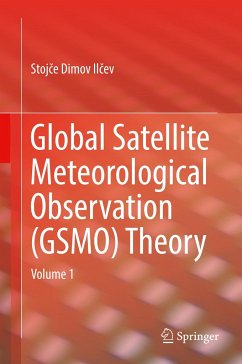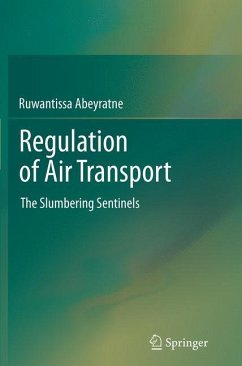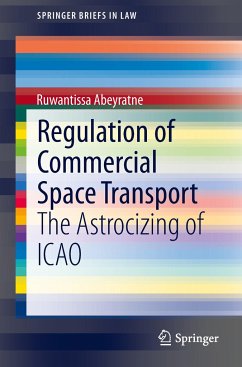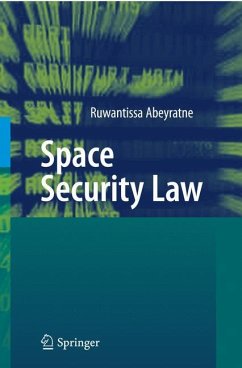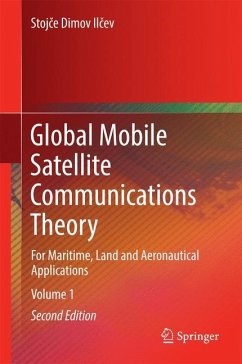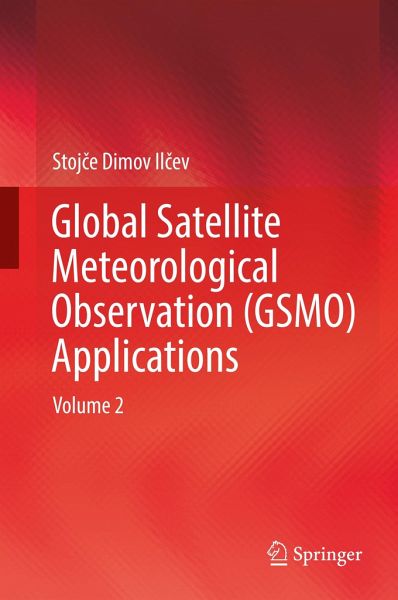
Global Satellite Meteorological Observation (GSMO) Applications
Volume 2

PAYBACK Punkte
39 °P sammeln!
This book presents principal structures of space systems functionality of meteorological networks, media and applications for modern remote sensing, transmission systems, meteorological ground and users segments and transferring weather data from satellite to the ground infrastructures and users. The author presents techniques and different modes of satellite image interpretation, type of satellite imagery, spectral imaging properties, and enhancement of imaging technique, geo-location and calibration, atmospheric and surface phenomena. Several satellite meteorological applications are introdu...
This book presents principal structures of space systems functionality of meteorological networks, media and applications for modern remote sensing, transmission systems, meteorological ground and users segments and transferring weather data from satellite to the ground infrastructures and users. The author presents techniques and different modes of satellite image interpretation, type of satellite imagery, spectral imaging properties, and enhancement of imaging technique, geo-location and calibration, atmospheric and surface phenomena. Several satellite meteorological applications are introduced including common satellite remote sensing applications, weather analysis, warnings and prediction, observation and measurements of meteorological variables, atmosphere and surface applications, ocean and coastal applications, land, agriculture and forestry applications, and maritime and aviation satellite weather applications. The author also covers ground segment and user segment indetail. The final chapter looks to the future, covering possible space integrations in meteorological and weather observation.This is a companion book of Global Satellite Meteorological Observation Theory (Springer), which provides the following topics:
Evolution of meteorological observations and history satellite meteorology
Space segment with satellite orbits and meteorological payloads
Analog and digital transmission, type of modulations and broadcasting systems
Atmospheric radiation, satellite meteorological parameters and instruments
Meteorological antenna systems and propagation
Evolution of meteorological observations and history satellite meteorology
Space segment with satellite orbits and meteorological payloads
Analog and digital transmission, type of modulations and broadcasting systems
Atmospheric radiation, satellite meteorological parameters and instruments
Meteorological antenna systems and propagation



